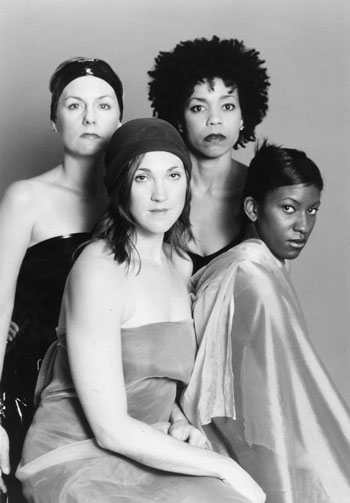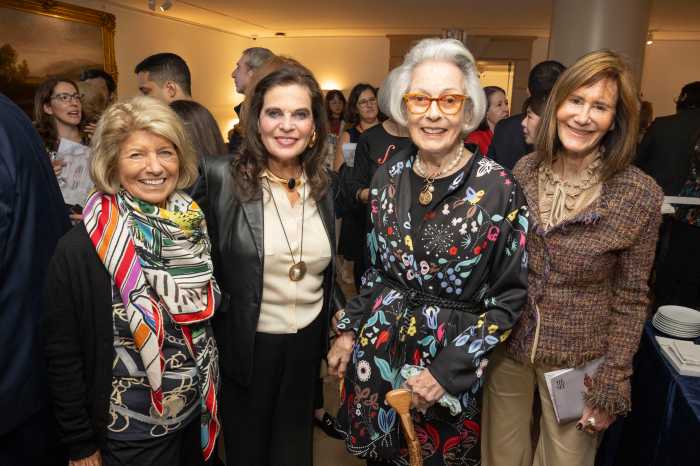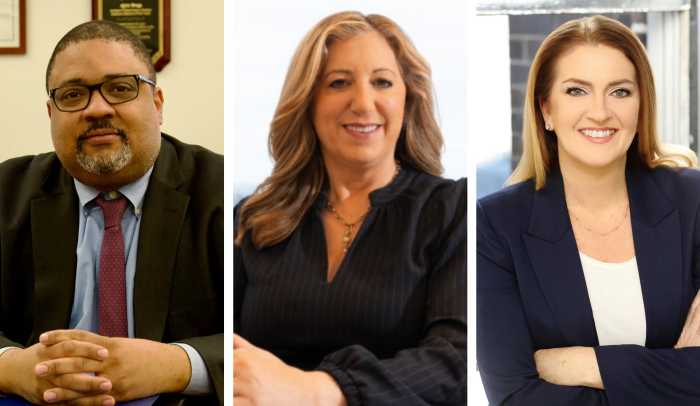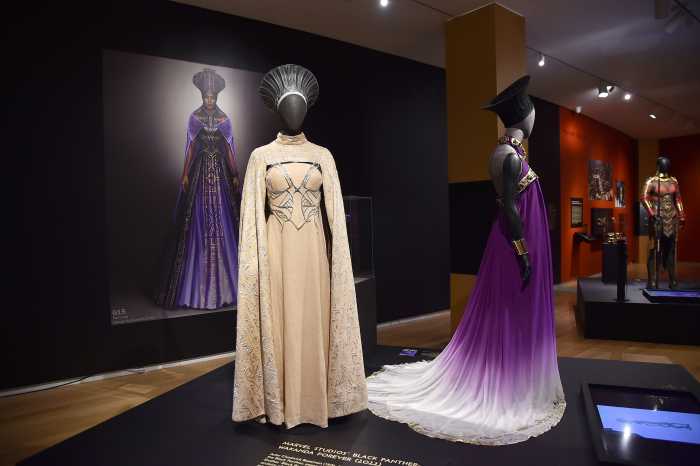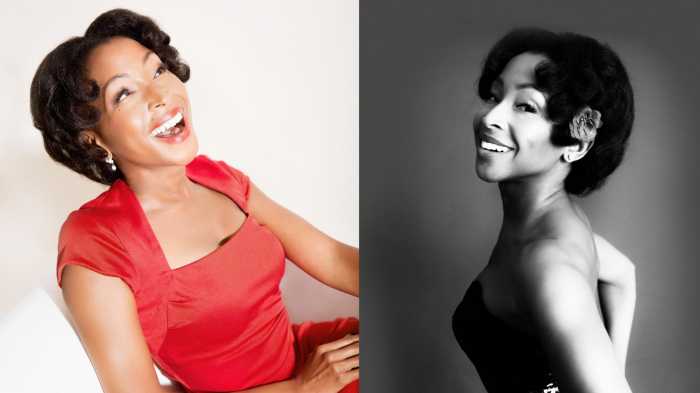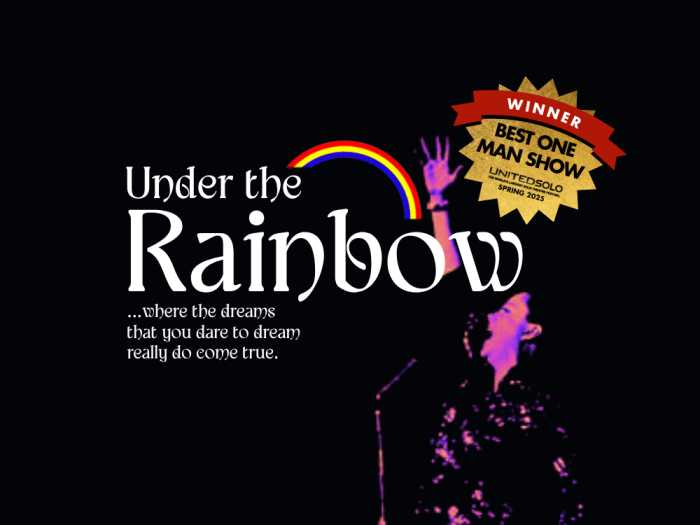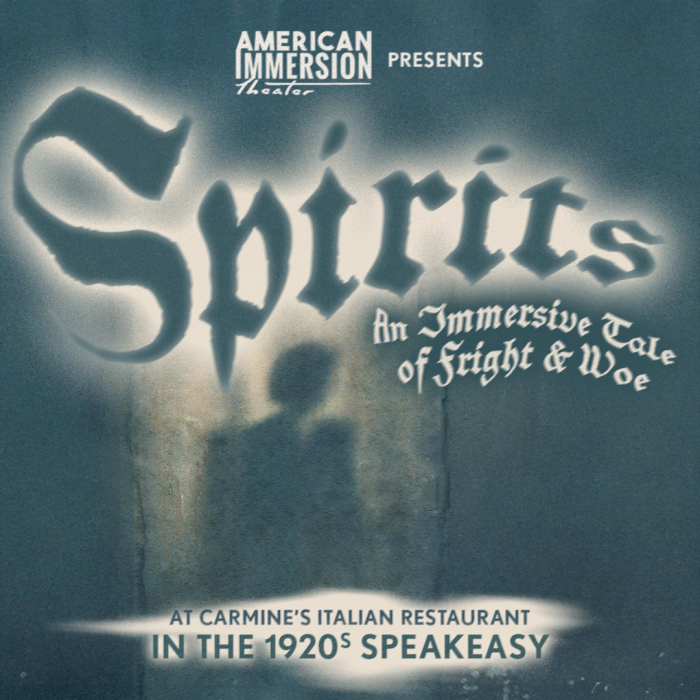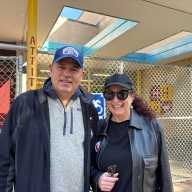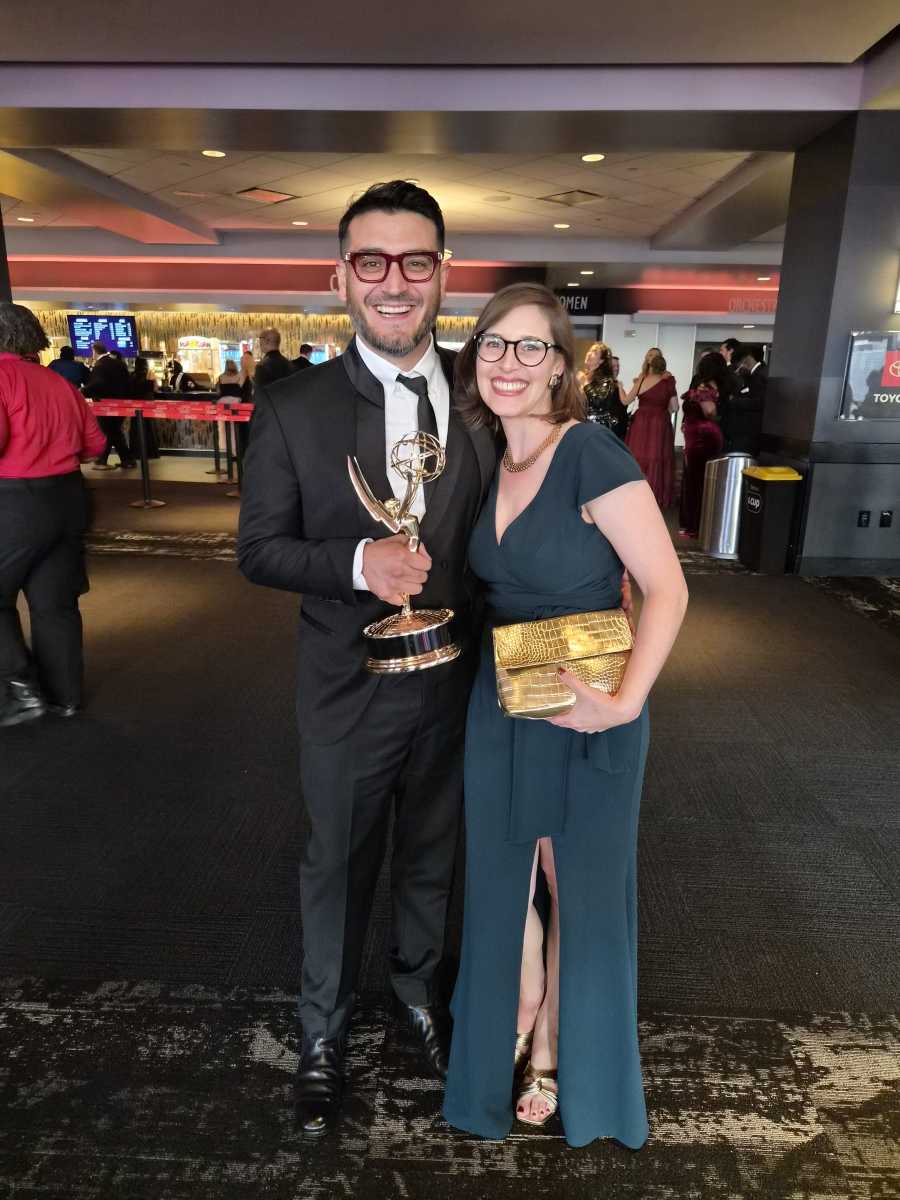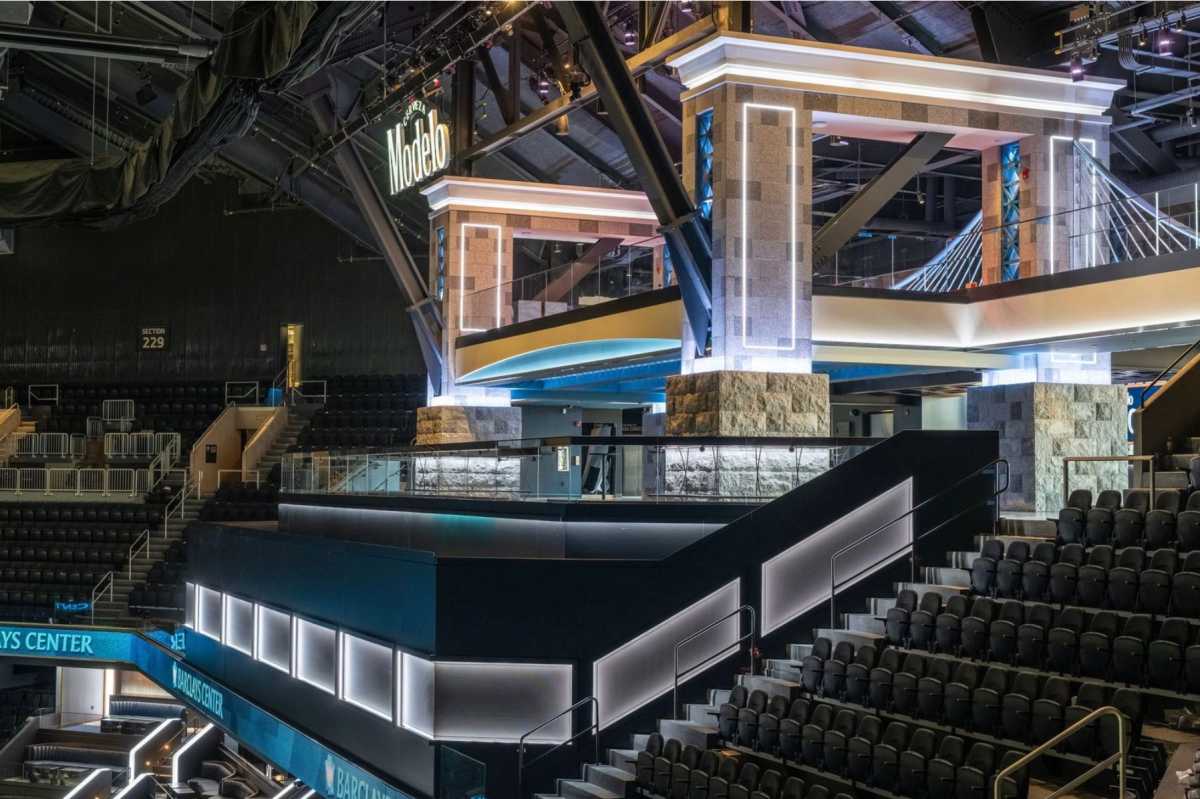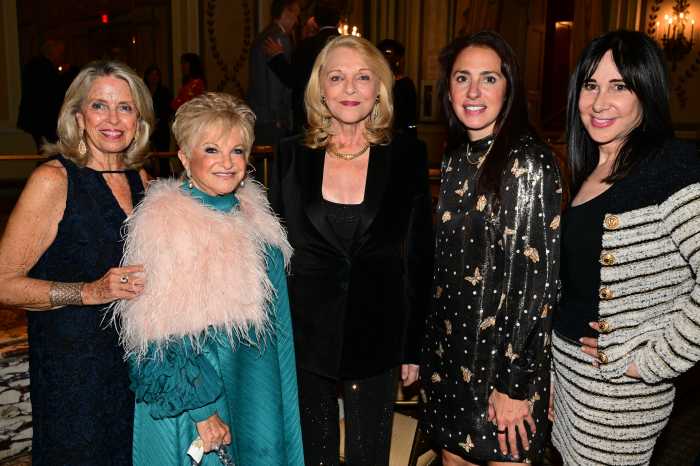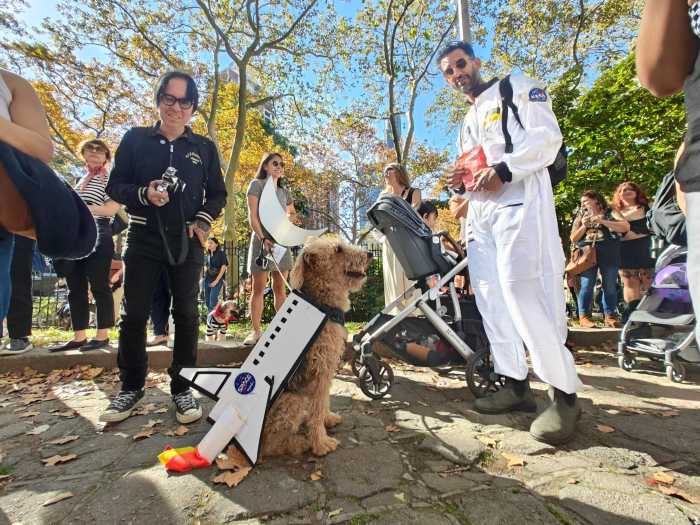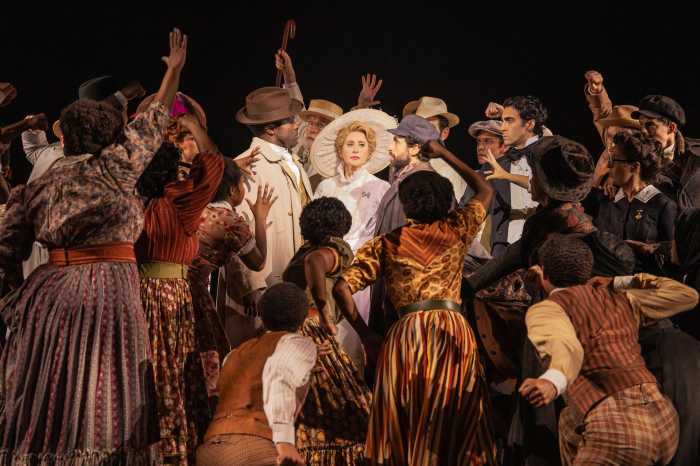By Davida Singer
Pushing the envelope of musical theater, two new plays, “Anna Bella Eema” by Lisa D’Amour and Alma Rogers’ “belly: three shorts”, open this week in rotating rep at HERE.
“It makes sense that our playwrights, who tend to innovate with structure and storytelling, would also incorporate music into their work,” says Susan Bernfield, Artistic Director of New Georges Theater Company, devoted to highly theatrical works by women, and producer of the HERE project.
For the pair of writers involved, innovation in words and music has also been linked with success. Bessie winner, Alma Rogers, is also this year’s Playwright-in-Residence at the Public Theater. Her background includes an MFA in Musical Theater, study with Paula Vogel at Brown, and a year in Indonesia, where she began to write and compose her new piece.
The three shorts were written to go together, but not at the same time, or even conceived in the same country,” Rogers explains. “I wrote ‘belly’ first, in Indonesia, after reading about the abortion doctor who was murdered in upstate New York. The paper said that his widow was sent roses by the organization responsible for the murder, and that really struck me. The second piece, “bellies at rest/interludes”, is about what happens to unborn children, and “life before/reconstruction/reconstructing whiteness” came from my daughter’s poem about people mixing color. It brings up racial questions in a futuristic setting. I’m quite a Star Trek fanatic.”
According to Rogers, all three shorts deal with pregnancy, birth control and “women and choice-making.”
“All three are ‘dramadies’,” she notes. “I work on finding natural humor in difficult situations, and am always looking for ways to let the audience in. I love writing for the theater because of the living, breathing actors right there. It’s such a visceral experience. That’s what I’d like for my audience. To leave with the same feeling I had at sixteen, the first time I saw theater- a sense of total wonderment.”
Lisa D’Amour would certainly agree.
“My hope is for people to leave my plays wanting to see more experimental theater,” says the 33 year-old, who’s led a “typical nomad writer’s life” from Austin – where she currently teaches – to Minneapolis to New York. She’s created numerous plays and projects in all 3 cities, and just snagged an Obie for “Nita and Zita”, which she wrote and directed. The “Anna Bella Eema” project began in 2001, and has already been produced twice.
“I was very involved with the first production in Austin, together with director, Katie Pearl, who’s really co-creator of the piece,” D’Amour recalls. “It started with two ideas. The first was exploring the Golem myth, the second from a news story about a woman in a trailer park, whose children were being taken away because neighbors complained of neglect. When I watched the woman, who was distraught, I realized a completely other perspective. It gave me insight, so we see this story from many sides. There’s a woman who won’t leave a trailer park about to be leveled for construction. Her 10-year old daughter is so frustrated she creates another girl out of mud, and this is Anna.”
According to D’Amour, the story loops and circles in on itself, as the three women sit on chairs-speaking and singing acappella – with objects that assist in the telling.
“It’s a bit of a ghost story,” the writer suggests, “and I’m a little obsessed with casting spells through language. Here it’s used to hypnotize the audience to go on this unusual journey from backyard, to the iris of an eye, to talking with a policeman. My textures tend to be creepy or funny, or requiring music as “Anna” does. Protagonists are often women coming to terms with life and the physical space around them, and they often have fantastic inner lives.”
“Anna Bella Eema” and “belly: three shorts” run on alternating evenings through early October, and share some elements of the same set, as well as similar concerns of women.
“Working in rep can be insane and difficult and exhausting,” adds Bernfield, “but audiences seem to love it, and we get to produce more artists and more of the work we feel needs to be seen.”



